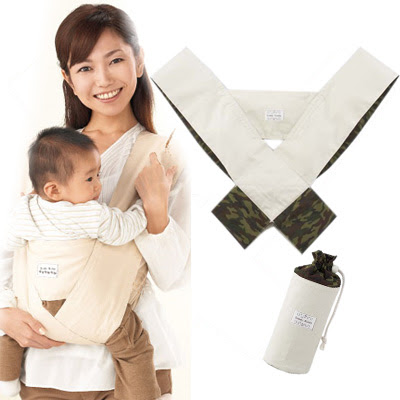
Here's a photo randomly added, mostly for color. It's the view from my kitchen and it's my favorite time of day, twilight.
So I took R to a Montessori-based mom+toddler class today called
Sesame Club. But this is Japan, so there was a Doraemon figurine in the midst of the natural toy selections, and during drawing time, the teacher was determined to teach poor, neglected R who An Pan Man was (a superhero whose head is a round bread bun, for all you losers who didn't know). "Hora, An Pan Man da yo!" Was there a desperate tinge to sensei's tone, when her doodles of the doughy red guy failed to evoke any reaction in my daughter? Even one of my British friends seems compelled to automatically draw AP Man in the sand for her daughter at the park. And during one of the summer festivals we attended, we witnessed a circle of old ladies in yukata dancing to the An Pan Man song (with taiko accompaniment) over and over. Seriously, it was that and the Sakana Sakana Sakana song on replay the entire night.
Anyhow, all that aside, I'm really glad my MIL found this class for us. This is Tokyo:
the baby swimming class we attempted and failed to participate in had 30 moms and babies. Can you imagine the amount of noise and splashing--not to mention peeing--going on? But Sesame Club has the rare rule of keeping class size to a maximum of five kids, and in fact, there's only R and one other little boy in ours. Thank god. So although there was a bit of clinging at first, R actually managed to relax and participate in the class. Total miracle.
I think it will also be good preparation for kindergarten--both in terms of socializing and being exposed to Japanese. I just worry though that R might be confused because she is being taught new ways of saying words she's only recently learned: dog, train, etc.
Which brings us to a concern for many foreign families living overseas: your first language being the minority language. Growing up in Canada, I knew a lot of kids whose parents spoke a different language to them, but who always answered back in English. I worry that this will happen with R. I respect that she's going to grow up and most likely live in Japan forever, but I still want her to keep her options open, and be able to communicate with people on my side of the family: her grandparents, cousins, uncles, etc.
A and I have decided to practice what is known as Minority Language at Home (although we didn't know it even had a name at the time we agreed on it). This means we'll always speak English at home, unless we have Japanese visitors over, of course. The problem is that as she grows older, the percentage of time she spends at home and hears English will get less and less. Also, since A isn't around that much, there aren't many opportunities for R to hear English being spoken interactively. But this is what we'll stick with.
Much harder is for me to speak English to R outside of the house, which is what I've decided to try to do as well. If we're in the company of people who only speak Japanese, of course we won't. But even when it's just R and I, it's so hard not to feel self-conscious. Speaking English in public in Japan will get you a reaction every time. Being a person who HATES HATES HATES being stared at, it's so tempting to switch to Japanese and just melt into the crowd. Before R came along, I even spoke to Edward the dog in Japanese, when we were out on walks. I've had people in front of me on escalators whip their whole bodies around to gape at me, when they overheard me speaking English. I almost caused an accident for a person on a bicycle once.
But one point about encouraging bilingualism in your children, I think, is to never make them feel that one language is better than the other. And never act embarrassed to speak a different language from everyone else, which is a challenge in Japan, where being different--and, worse, being blatant about it--is a bad, bad thing. So although I haven't done a good job until this point, from now onward, I am going to casually and happily speak English to R, no matter the audience or reaction, and we are going to get used to it, gosh darn it.
Sorry, this post was all over the place.




